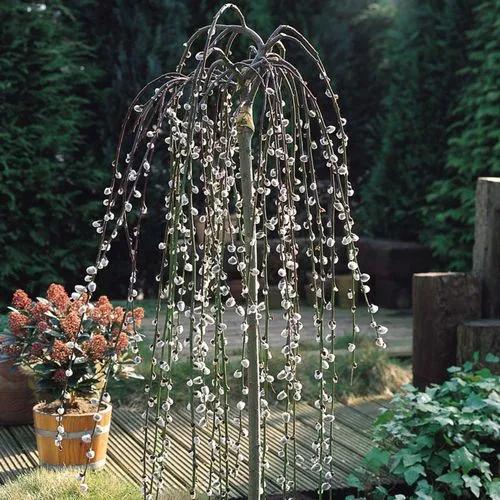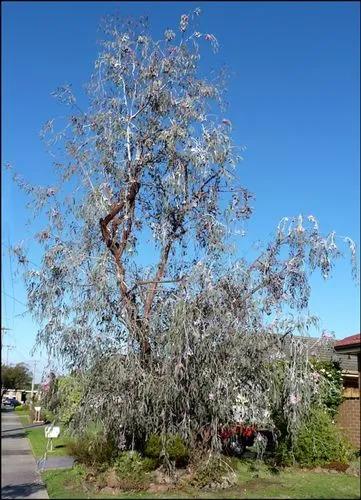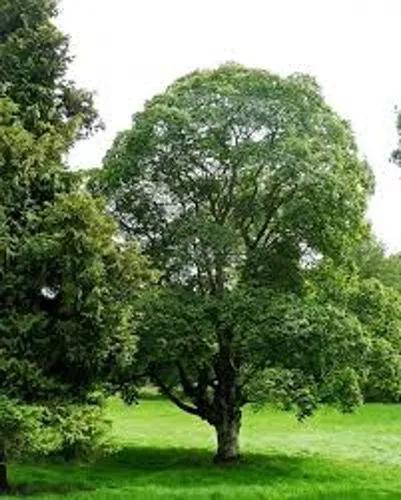Pinus longaeva (commonly referred to as the Great Basin bristlecone pine, intermountain bristlecone pine, or western bristlecone pine) is a long-living species of bristlecone pine tree found in the higher mountains of California, Nevada, and Utah. Methuselah is a bristlecone pine that is 4,852 years old and has been credited as the oldest known living non-clonal organism on Earth. To protect it, the exact location of this tree is kept secret. In 1987, the bristlecone pine was designated one of Nevada's state trees.
Great Basin Bristlecone Pine Care
Pinus Longaeva



It is a medium-size tree, reaching 5 to 15 m (16 to 49 ft) tall and with a trunk diameter of up to 2.5 to 3.6 m (8 to 12 ft). The bark is bright orange-yellow, thin and scaly at the base of the trunk. The needles are in fascicles of five, stout, 2.5 to 4 cm (1 to 1 1⁄2 in) long, deep green to blue-green on the outer face, with stomata confined to a bright white band on the inner surfaces. The leaves show the longest persistence of any plant, with some remaining green for 45 years (Ewers & Schmid 1981).
The cones are ovoid-cylindrical, 5 to 10 cm (2 to 4 in) long and 3 to 4 cm (1 to 1 1⁄2 in) broad when closed, green or purple at first, ripening orange-buff when 16 months old, with numerous thin, fragile scales, each scale with a bristle-like spine 2 to 5 mm (1⁄16 to 3⁄16 in) long. The cones open to 4 to 6 cm (1 1⁄2 to 2 1⁄2 in) broad when mature, releasing the seeds immediately after opening. The seeds are 5 mm (3⁄16 in) long, with a 12 to 22 mm (1⁄2 to 7⁄8 in) wing; they are mostly dispersed by the wind, but some are also dispersed by Clark's nutcrackers.
These ancient trees have a gnarled and stunted appearance, especially those found at high altitudes,[2] and have reddish-brown bark with deep fissures.[6] As the tree ages, much of its vascular cambium layer may die. In very old specimens, often only a narrow strip of living tissue connects the roots to a handful of live branches.
How to Care for the Plant

Popularity

40 people already have this plant 4 people have added this plant to their wishlists
Discover more plants with the list below
Popular articles






